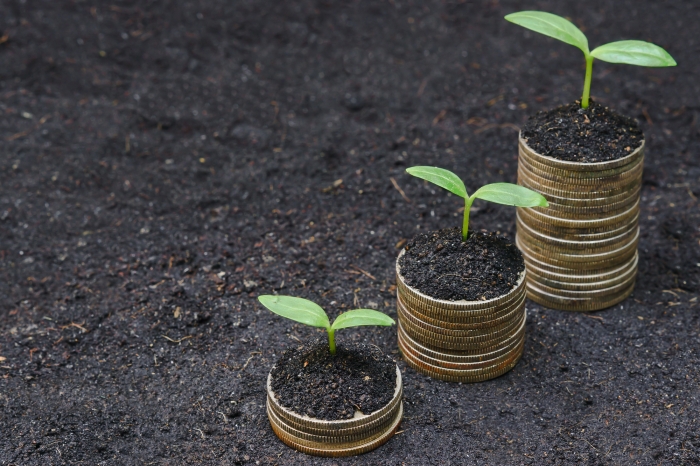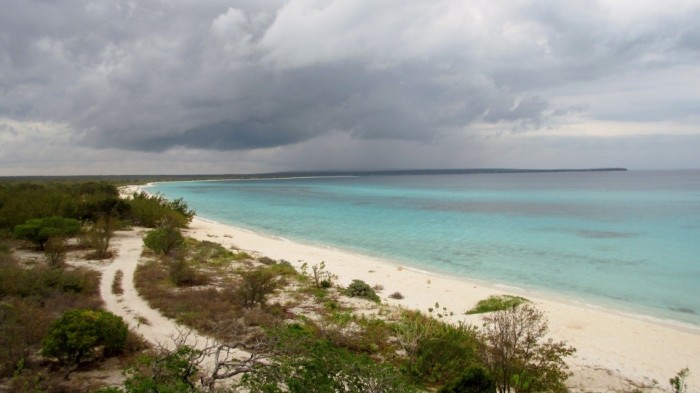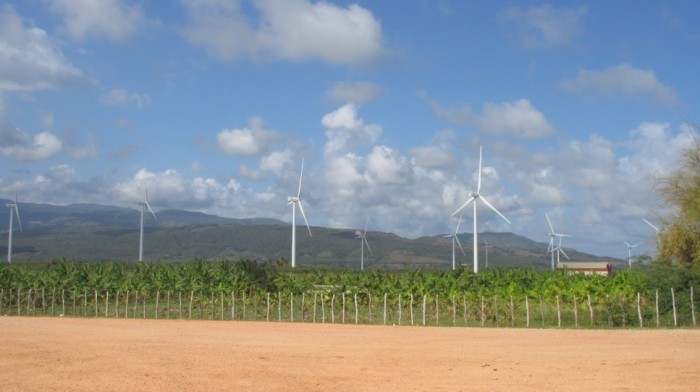By Luis Porto, and Betilde Muñoz-Pogossian, Guest Blogger
Learning processes are both the cause and the consequence of different systems of social interaction, and should be analyzed within this framework when designing and implementing educational policies.
Many of us have heard, for example, that if we know where a person lives – if we find out their postcode or address – it will be easy to predict not just their educational path but also their opportunities for social mobility, for developing a decent life, and for actively contributing (or not) to the transformation of their communities and their countries. This because “where someone lives” provides relevant information about the context in which that child develops, not only from the socioeconomic or demographic perspective but also from the perspective of the set of human rights that person accessed (or was unable to access) even before birth, thereby affecting their psychomotor development: overcrowding, the mother’s education, or nutrition in a person’s early years are some of the factors that impact their cognitive and learning abilities.
This is confirmed by the fact that, despite important investments in education in the Americas in recent decades, reflected in the boost to education budgets with respect to GDP to amounts similar, in some cases, to OECD countries (6%), we still see that the right to access a quality education remains a pending issue for the region. What evidence is there that we haven’t reached the education goals our people deserve? If we look at the results of international exams such as PISA, participating countries in the region occupy some of the lowest spots in the ranking. Problems with school attendance and learning remain and worsen the gap in inequality among groups according to their socioeconomic strata, and in view of other characteristics that produce further situations of discrimination and social exclusion.
To cite a few statistics: at the pre-primary level enrollment reaches 66%, although in some countries it stands at 90% and in others at 20%. In the case of primary education, where the region has a coverage rate of 95%, structural socioeconomic factors have prevented its full universalization. Likewise, the region has seen a very slow advance in average growth in secondary enrollment, which has reached 50%, and just 25% of youths and children in the poorest quintile finish their secondary studies, compared with 75% in the richest quintile.[1] According to UNICEF, 1 of every 3 school-age children is not enrolled in secondary school, and 30 million youths/adolescents work informally and in difficult conditions. This situation is more severe among migrant and disabled populations. Among these groups, only between 20% and 30% attend school.
The persistence of unsatisfactory results at the education level in the region, and of inequality in the Americas, invites us to reflect not only on the results of the practices and policies implemented up to this point but also, fundamentally, to review the intervention methods and the extent to which they address, in combined or isolated form, the factors impacting the success of teaching and learning processes. How is our vision of education and the functioning of our educational system contributing today to the aim of overcoming inequalities and building more inclusive societies? Thinking about this is crucial so that education continues to be socially valued as a basic tool of human development.
It is precisely this that the Organization of American States, in cooperation with Inter-American Dialogue and the CAF Development Bank of Latin America, seeks to do with its “,” a theoretical-practical first exercise that aims to contribute a comprehensive look at the field of education, with its analysis highlighting the importance of paying attention to the socioeconomic conditions of students and their families, and the need to think about the pedagogical offering in a comprehensive way to adjust it to the cultural capital of students and their communities. It is an exploratory paper that seeks to shed light on educational practices that can make up for, or attack on some level, the “prior” inequality of access to personal rights. It is not a recipe book, because as already mentioned, it’s not always possible to translate educational practices that have yielded positive results in certain contexts, certain educational communities, certain aspirational frames of the identities in which people and their families are incorporated, etc…
The text is organized into five sections, covering variables such as malnutrition, socioeconomic background, disability, and access to adequate housing and health services, among other important factors for child and youth educational development that are not always analyzed comprehensively.
Chapter 1 of the Inter-American Guide focuses on child development, prioritizing the discussion of why it is important to deal with inequities from an early age. As the document notes, early childhood is a critical period for interventions that seek to reduce educational and social inequality and poverty in general, as these early years are decisive for children’s physical, cognitive, and socioemotional development. It is during these years when the formation of abilities that help children with lifelong learning is fortified or falls behind. On the basis of empirical studies (Naudeau, Kataoka, Valerio, Neuman, and Elder, 2011), the Guide specifies factors such as poor diet, little stimulation in the home, and/or lack of access to quality care or preschool centers as the cause of many children not developing at the level they should. The document proposes strategies to boost the development of life skills at an early age, such as home visit programs, establishment of child care centers, and better access and quality in early education, among others.
Primary education is a critical time in education provision. While early childhood (years 0 to 5) is the most important period for brain development in humans, it is in primary education that the bases of academic knowledge are laid and such essential skills learned as reading, writing, and doing basic mathematics, which are important in preparing children for more advanced learning and for life in general.
Chapter 2 of the Inter-American Guide on Educational Inequality deals with free and compulsory primary education as a universal human right, which has led to the near universalization in the Americas of primary school attendance, with many countries reaching a net primary enrollment rate close to 100%.
This section of the Guide maps the challenges that persist in achieving full universalization of primary education and lays out the differing levels of education access, particularly for populations in situations of poverty and vulnerability, as well as indigenous and Afrodescendent children and those with disabilities and special needs. The Guide highlights some of the strategies used to strengthen learning in primary education, including the development of student-centered learning policies, emphasis on reading in early grades, inclusive education, and bilingual intercultural education, among others.
Chapter 3 deals with secondary education, putting special emphasis on the education path of children in situations of poverty and vulnerability. This group may develop learning deficits that cause them to fall behind academically, repeat one or more years, and develop negative attitudes toward school. The complexity of adolescence imposes a set of additional issues that challenge the capacity of educational systems to guarantee the quality and appropriateness of education, as well as these youths’ presence in the educational system. Some of these issues covered in the Guide include the situation of those who never enter secondary education or leave it early due to the need to start working or assume other responsibilities, including the situation of young women faced with early maternity as well as those who from a young age have responsibilities associated with domestic work and unremunerated care. How, then, can educational systems transform secondary school to reduce inequality, in doing so improving graduation rates and learning levels among youths living in conditions of poverty and vulnearbility? Among the strategies mapped in this chapter of the Guide are the use of conditional cash transfers, implementation of tutoring and mentoring programs, and school reentry, among others. The final section of the text lists the main lessons for implementing strategies to reduce educational inequality, that is, specific recommendations that can be useful in planning these actions and equity-oriented educational policies.
This contribution from the OAS, in connection with Inter-American Dialogue and support from CAF Bank of Latin America, aims to overturn the aforementioned adage that says “if we know where someone lives, if we know their post code or address, we can predict their educational path.” This document starts from the premise that inequality of access to basic human rights is one of the most important causes of educational inequality, and only by dealing with them in a comprehensive manner can we begin to have the desired results for children and young people in the region. At the OAS we believe we can contribute to connecting actions so that universal rights are expanded and made concrete in the region and to promoting the recognition of the rights to equality and freedom from discrimination. Education is one of the key tools to achieving this.
**The points of view expressed here are those of the authors and do not represent the position of the OAS.
[1] UNESCO (2014). “The State of education in Latin America and the Caribbean.” The document can be accessed at this link.
[2]UNICEF, “Hechos sobre Adolescencia y Jóvenes en América Latina y el Caribe”. Extracted from: http://www.unicef.org/lac/Fast_facts_SP%281%29.pdf. Last visited 17 November, 2014.


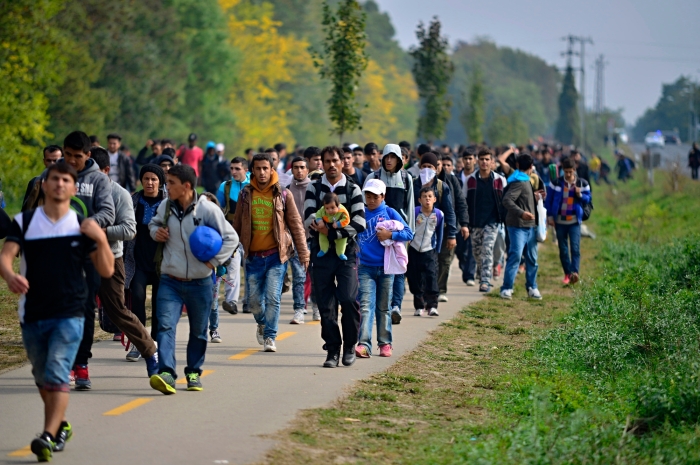
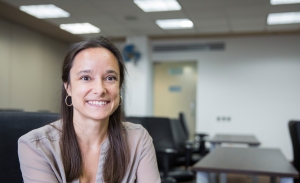 By GRT Guest Blogger Jenna Giandoni, GFDD Fellow and Author of Impact Investing in the Dominican Republic
By GRT Guest Blogger Jenna Giandoni, GFDD Fellow and Author of Impact Investing in the Dominican Republic